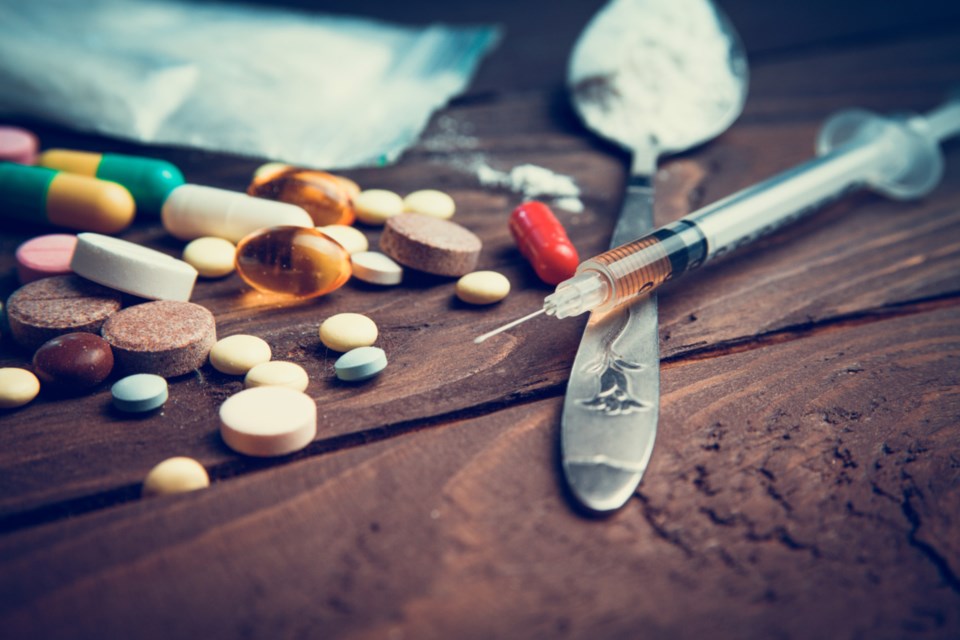SUDBURY - This week, Public Health Sudbury and Districts is passing along a warning from Ontario’s top doc to hard drug users that there has been an alarming spike in carfentanil in the province’s illegal drug supply.
Carfentanil is a similar chemical to the synthetic opioid fentanyl, though it is about 100 times stronger than fentanyl and thousands of times stronger than heroin. Given its strength, carfentanil is more likely to lead to overdose, especially if the user believes it to be the less potent fentanyl.
“I am writing to share some important information with you regarding carfentanil in Ontario,” Ontario’s chief medical officer of health, Dr. David Williams, wrote to health units across the province this week. “While carfentanil has been detected in Ontario previously, recent toxicology data suggest an increase in carfentanil presence in Ontario in the past few months.”
The spike was noticed in a couple of ways. Toxicology data from LifeLabs samples tested positive for carfentanil at a rate 700 times higher than previously seen, indicating an increased presence of the drug in users’ urine.
Williams points out that it is unknown if the users were intentionally using carfentanil or it had been sold to them unawares.
As well, information from Ontario’s chief coroner, Dr. Dirk Huyer, showed a sharp increase in the number of overdose deaths directly linked to carfentanil use over the winter. In the first four months of 2019, testing confirmed carfentanil was directly responsible for 142 deaths, a 50-per-cent jump in the total number of carfentanil-related deaths over the entire year in 2018, when the drug killed 95 people.
“The number of carfentanil-related deaths will likely increase as further data become available on deaths over this period, since a large proportion of the death investigations for this period are ongoing,” Williams wrote.
Williams is warning hard drug users to take precautions by having naloxone on hand in case of an overdose and not to use alone or to get high at the same time as another person, in order to monitor each other for signs of overdose.
